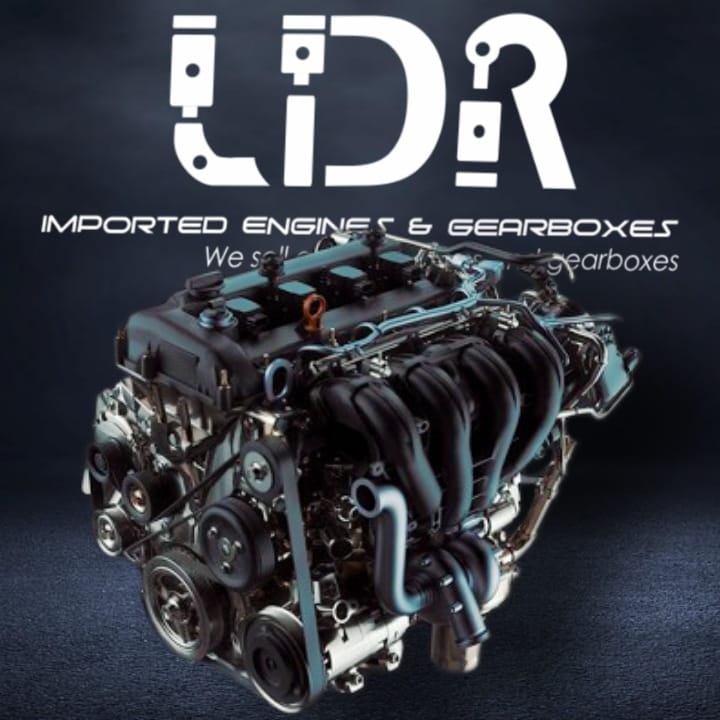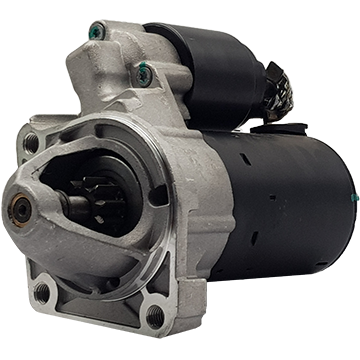How to Diagnose Ford Fiesta Engine Issues and Prevent Future Problems
How to Diagnose Ford Fiesta Engine Issues and Prevent Future Problems
Blog Article
Checking Out the Evolution of Engines: From Traditional Styles to Modern Marvels
The advancement of engine modern technology stands for a substantial story in the history of development, marked by critical advancements that have constantly redefined transport and market. From the preliminary steam engines that powered the Industrial Change to the emergence of internal burning engines that changed mobility, each phase has added to better performance and ability. Presently, the shift to electrical power signifies not only a technological shift however also a wider commitment to ecological sustainability. As we check out these landmarks, one should think about how the future of engine style may unfold, testing our assumptions of power and efficiency.
The Birth of Engine Innovation
The introduction of engine innovation noted a turning point in human technology, changing energy conversion and transport. The earliest engines arised from the requirement to harness mechanical power for practical use, resulting in the advancement of tools that converted different energy kinds right into movement. The idea of the engine can be mapped back to old worlds, where basic makers, such as the waterwheel and windmill, utilized all-natural pressures to perform work. It was throughout the late 17th and very early 18th centuries that considerable improvements started to emerge.
The growth of the inner burning engine and the creation of the heavy steam engine militarized a profound change in commercial abilities. These engines not just enhanced efficiency yet additionally expanded the scope of human mobility, making it possible for extraordinary transportation possibilities. The early models laid the foundation for the mechanical world, helping with the rise of markets and improving societal structures.
As engine layouts evolved, they progressed and included ingenious products engineering concepts, paving the way for modern-day advancements - ford fiesta engine. The birth of engine modern technology sparked a relentless quest of efficiency and power, establishing the stage for the vibrant evolution of transport and industrial equipment that would comply with
Steam Engines and Their Influence

The vapor engine's effect was specifically apparent in the transport market (ford fiesta engine). Steam-powered locomotives facilitated the fast activity of products and individuals across substantial ranges, properly diminishing the geographical obstacles that had formerly impeded profession and communication. In a similar way, steamships revolutionized maritime travel, permitting quicker and much more dependable crossings of rivers and oceans.
In industry, steam engines powered factories, allowing mass manufacturing and the surge of city facilities as hubs of financial activity. Steam technology fostered innovations in engineering and production procedures, laying the foundation for future innovations in engine layout.
The Rise of Internal Combustion
Frequently outweighing vapor power, the rise of internal burning engines noted a transformative shift in transportation and market during the late 19th and early 20th centuries. The growth of these engines, identified by their capacity to shed fuel within the engine itself, enabled higher effectiveness and power compared to conventional steam engines. Pioneering creators such as Nikolaus Otto and Rudolf Diesel played important functions in perfecting engine designs, resulting in widespread fostering in vehicles, watercrafts, and commercial machinery.
The internal burning engine's portable size and reasonably light-weight nature helped with the appearance of individual cars, transforming specific flexibility and improving urban landscapes. By making it possible for faster travel and the efficient transport of products, these engines catalyzed economic growth and fostered globalization. The adaptability of fuel alternatives, including gas and diesel, additionally boosted their allure, permitting for diverse applications across various markets.
Despite the environmental issues that would certainly later arise, the preliminary attraction of interior combustion innovation lay in its transformative possibility. As culture embraced this technology, the foundation was laid for contemporary transport systems, establishing inner burning engines as a foundation of commercial development and life throughout the 20th century.
Developments in Engine Performance
As inner combustion engines came to be indispensable to transportation and industry, the focus changed towards improving their efficiency to satisfy site here expanding needs for efficiency and sustainability. Technologies in engine design, product science, and modern technology have substantially contributed to this development.
One significant innovation is the development of turbocharging, which permits boosted air consumption, causing even more full fuel combustion and enhanced power outcome without expanding engine size. In addition, variable shutoff timing systems have actually been applied to maximize engine performance across various RPM ranges, thus enhancing fuel effectiveness.
The usage of sophisticated fuel injection technologies, such as direct shot, has actually additionally played a crucial role. This method enables even more precise control over the fuel-air mixture, promoting far better combustion and reducing emissions. In addition, lightweight materials, including light weight aluminum and composite components, have been adopted to reduce total engine weight, leading to improved efficiency.
These developments reflect a broader fad within the automotive market, where the synergy in between design advancement and environmental considerations drives the continuous mission for greater efficiency in inner burning engines. Consequently, contemporary engines are currently much more effective, cleaner, and effective than ever, leading the way for an extra sustainable future in transport.
The Change to Electric Power
With expanding problems over ecological influence and nonrenewable fuel source dependency, the automotive market is experiencing a considerable change in the direction of electric power. This change is driven by a combination of technological improvements, governing stress, and altering customer choices. Electric cars (EVs) supply a compelling alternative to traditional internal combustion engines, flaunting minimized greenhouse gas discharges and lower operating expenses.
The increase of battery modern technology has been a video game changer, with lithium-ion batteries ending up being extra cost-effective and efficient. Boosted energy density and faster billing capacities have made EVs more practical for everyday usage. Federal governments worldwide are implementing this content motivations and establishing ambitious targets for phasing out fossil fuel lorries, consequently accelerating the fostering of electric power.
As billing facilities expands and battery modern technology proceeds to improve, the change to electric power is poised to improve the automobile landscape, promoting sustainability and technology in the years to come. The future of transport is electric, and the energy is undeniable.
Final Thought
The advancement of engine technology stands for a substantial trajectory of innovation that has profoundly affected transport and sector. From the fundamental steam engines to the transformative interior combustion engines, a fantastic read each growth has added to boosted mobility and economic growth. The present shift toward electric power highlights a critical commitment to sustainability, driven by improvements in battery technology. This recurring evolution not only mirrors changing societal needs but additionally highlights the potential for a cleaner and extra effective future in engine style.

Report this page